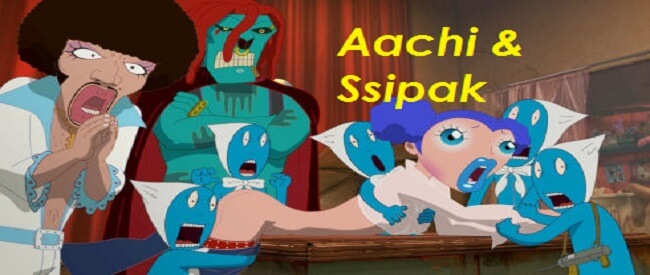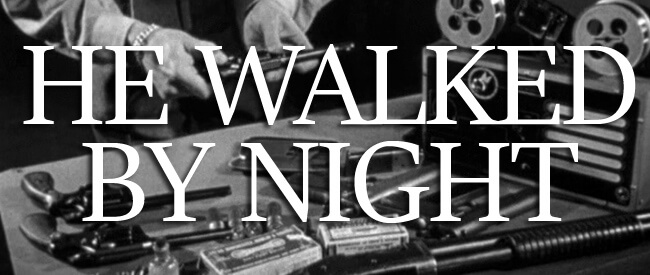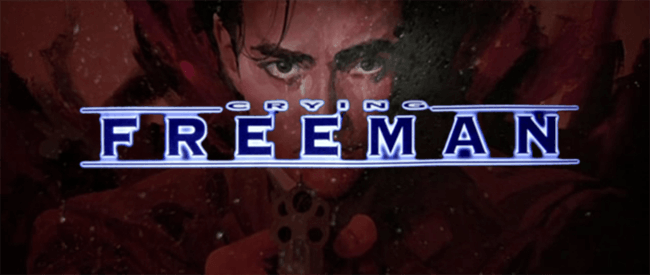FRIDAY, AUGUST 5: Aachi & Ssipak
SATURDAY, AUGUST 6: He Walked By Night
FRIDAY, AUGUST 12: Maneater
SATURDAY, AUGUST 13: Crying Freeman
FRIDAY, AUGUST 19: He Walked By Night
SATURDAY, AUGUST 20: Maneater
FRIDAY, AUGUST 26: Crying Freeman
SATURDAY, AUGUST 27: Aachi & Ssipak
AACHI & SSIPAK
Dir. Jo Beom-jin, 2006.
South Korea, 88 min.
FRIDAY, AUGUST 5 – MIDNIGHT
SATURDAY, AUGUST 27 – MIDNIGHT
Rude, but very smart and funny, with extremely fast-paced animation that’s slick and distinctive, Aachi & Ssipak (2006) follows its eponymous petty crooks as they try to get rich in a world where feces is money. Literally.
It’s an action “Buddy Movie” from another dimension—as if Gary Panter, Takeshi Miike and Paul Verhoeven collaborated on a Hope & Crosby flick: “The Road to Shit City.” Aachi is the short one, with more plans than brains, and Ssipak is the big, bald bruiser who thinks with his fists—and he’s fallen hopelessly in love with a wannabe-porn starlet, the very pneumatic Beauty (who’s much smarter than our heroes, and belongs next to Jessica Rabbit or Tex Avery’s Red Hot Riding Hood in the Sexy Cartoon Bombshell Hall of Fame). After her anal-chip is tampered with, Beauty becomes the “MacGuffin” of this movie, the object everyone will kill for.
It seems the rulers of the future need human excrement for both fuel and building materials, and in exchange for each dump, citizens with an implant get one delicious and mind-altering “juicybar.” But these yummy narco-popsicles are so addictive that some people are turned into blue mutant dwarves, the “Diaper Gang”—who cause chaos with their juicybar raids and demands to rule society. “Did they appreciate us for our crap!?!” bellows the megalomaniacal Diaper King rhetorically as he calls for rebellion.
A government that would stick ID-chips up people’s rectums would do anything to maintain power, and so have unleashed a sadistic and homicidal cyborg to enforce their draconian alimentary laws by slaughtering the Diaper Gang wantonly.
When sleazeball porno-producer Jimmy’s plan for Beauty’s “magical anus,” uh, backfires, all these forces are aimed at each other in a pulse-pounding climax that rips off—and totally improves on the coal-car chase from Indiana Jones and the Temple of Doom.
Obsessed with defecation but tasteful enough never to show any brown ploppies, Aachi & Ssipak is lysergic speedfreak anime for the mayhem crowd—that’s surprisingly good natured (when it’s not willfully gross or gory). The violence is so excessive and over-the-top, it is hilarious, but (thankfully) explicit scatological scenes are nowhere in sight—which in itself may be a socio-political comment as well… But the movie also has heart: the two hoods care about each other; Ssipak’s love of Beauty is genuine; pathetic Jimmy is funny but human; and even the grotesque Diaper Gang deserves some sympathy—they didn’t ask to be mutated and addicted.
Almost an exhausting movie, and overloaded with delightful eyeball kicks, Aachi & Ssipak is packed with multiple cultural references (including graffiti—keep your eyes open for “Neckface”!), but especially to action films: Structurally, the film is much like Robocop (plenty of rewarding “media blasts”), with tributes/spoofs of John Woo, Hitchcock and Terry Gilliam—as well as countless anime—littered throughout.
This South Korean production combines a tight and twisty script (equal to the best episodes of The Venture Bros. or The Simpsons), with exciting animation (characters look hand-drawn; and the backgrounds are a combo of CGI and hand-painted) to create a crazy, non-stop, almost sacrilegious meta-movie: “An animator isn’t a real director!” screams a character before kicking someone’s face in.
Aachi & Ssipak is hyperactive, but hardly incomprehensible—even when trying to read the subtitles and keep up with frenzied cartooning at the same time—and looks reallygood: The movie reportedly cost only $3.5 million—a low amount for an animated flick (Pixar’s Cars, also released in 2006, cost $120 million)—and every cent is on the screen. But aside from the anarchic 1970s work of Ralph Bakshi, it’s almost impossible to think of Pixar or any other U.S. animator making a film so, ummm, “earthy.”
Like all good B-movies, there’s a metaphorical political message here, but it’s surrounded by so much quasi-exploitative “good stuff,” that even action fans with one-track-minds will be satisfied.
Aachi & Ssipak is manic, unadulterated weirdness that deserves a massive cult following!
WARNING: If the synopsis didn’t give you a hint, this is not a movie for small children or easily-offended adults!
HE WALKED BY NIGHT
Dir. Alfred Werker (credited) and Anthony Mann (uncredited), 1948.
USA, 79 min.
SATURDAY, AUGUST 6 – MIDNIGHT
FRIDAY, AUGUST 19 – MIDNIGHT
CRYING FREEMAN
Dir. Christophe Gans, 1995
USA, 102 min.
SATURDAY, AUGUST 13 – MIDNIGHT
FRIDAY, AUGUST 26 – MIDNIGHT
Adapted from the classic manga by Kazuo Koike and Ryoichi Ikegami and featuring one of the proudest VANCOUVER, B.C. title cards in cinema history, CRYING FREEMAN stars Mark Dacascos as its nominal assassin, a weepy and beautiful slab of a man whose chiseled contours do not go unnoticed by Thomas Burstyn’s wide-canvas cinematography. Working on behalf of “the sons of the dragons”, Freeman exists as a myth haunting Yakuza apparatchiks from night to night, while his romance with a murder witness on their list named Emu (Julie Condra) takes up a significant portion of the movie’s runtime. This being the directorial debut of the man who would go on to direct 2001’s needlessly pizzazz-freighted BROTHERHOOD OF THE WOLF, CRYING FREEMAN abides over the decades for the scope and poignancy of its big-budget aspirations.
What separates CRYING FREEMAN from other comic adaptations of the late pre-digital cinema epoch is Gans’ piercing command of comic-worthy tableaux, Patrick O’Hearn’s remarkably icy orchestral score, and the film’s otherwise whistle-inducing musculature of production design. The hideous CGI dragons bracketing the opening credits barely taste at what CRYING FREEMAN is able to accomplish on a budget approximately one-sixth that of, say, David Fincher’s SE7EN. Long before you’ve seen a bourbon fireball spewed from one man’s mouth into another’s face over an executive-suite sized table in almost Marilyn Minter-worthy slow motion, you’ll know (or hazily remember) Gans’ insane fugue-state John Woo knockoff for the sublimity that it truly is.



